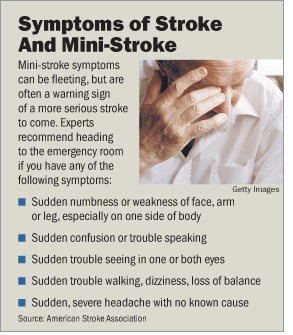

Therefore, TIA has been re-defined as a transient neurological deficit of any duration without evidence of parenchymal injury, while symptoms that are accompanied by evidence of infarction now constitute stroke and portend a much greater risk of recurrent stroke (Easton et al., 2009). However, this definition has been abandoned in light of recent imaging data that demonstrates that about 50% of these patients have evidence of infarction on diffusion-weighted MRI (DWI Easton et al., 2009). As such, it has been a useful construct that could be applied in any clinical setting requiring nothing more than the clinician’s judgment from the patient’s history and examination findings, facilitating rapid diagnosis. The initial description of TIA as a transient neurological deficit of suspected vascular origin lasting <24 h has been used widely throughout epidemiological studies and for pragmatic clinical decision-making. This dilemma is also linked to the evolving definition of TIA and stroke, which has changed over the past few decades to accommodate both clinical utility and biological significance. However, the tools that can be used to achieve this degree of accuracy, e.g., magnetic resonance imaging (MRI), are not always readily available at the point of care.

Diagnostic accuracy hinges on identification of tissue injury, i.e., infarction. Currently it can be argued that the approach to investigating transient ischemic attack (TIA) and minor stroke is a compromise between timeliness of investigation and accuracy of diagnosis.


 0 kommentar(er)
0 kommentar(er)
